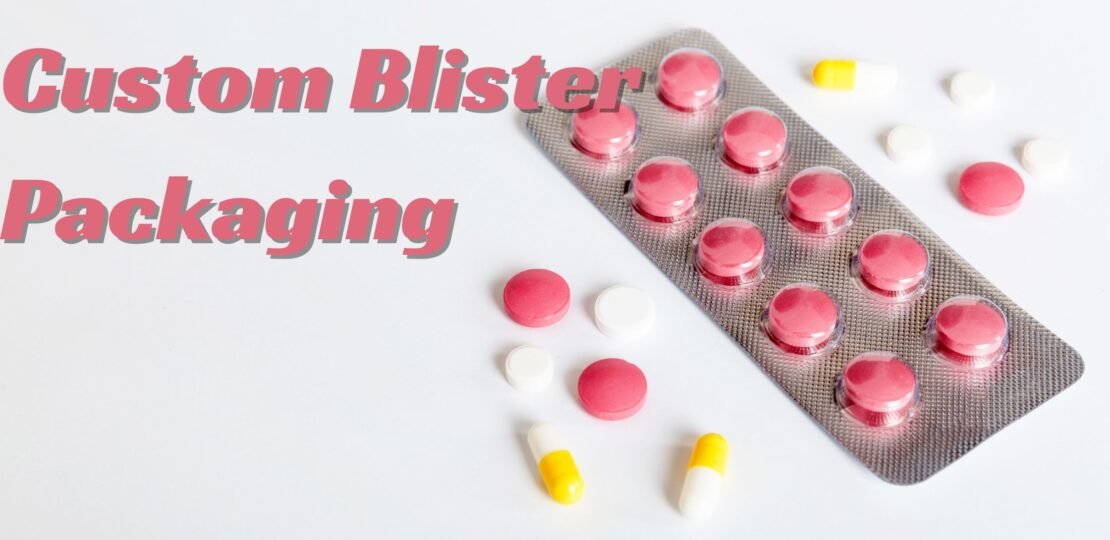Blister Foil Packaging: An Essential Component in Modern Packaging Solutions
January 11, 2024 | by lukeharper1050@gmail.com

Blister foil packaging is a widely used method for packing small consumer goods, pharmaceuticals, and food. This packaging type uses a clear plastic blister, often with a cardboard backing, and a foil cover. The blister secures the product, while the foil ensures its safety and integrity.
Advantages of Blister Foil Packaging
Blister foil packaging offers several benefits:
- Protection: It protects products from moisture, contamination, and damage.
- Visibility: The clear plastic allows consumers to see the product without opening the package.
- Security: It provides tamper-evidence, enhancing product safety.
- Convenience: Easy to use and transport.
Applications of Blister Foil Packaging
Pharmaceuticals
In the pharmaceutical industry, blister foil packaging is essential for maintaining drug integrity. It protects medicines from air, moisture, and light, ensuring their effectiveness. Furthermore, it allows for individual dosing, improving patient compliance.
Consumer Goods
Blister foil packaging is popular for small electronics, toys, and hardware. It provides an attractive display while securing the product against tampering and damage.
Food Industry
In the food sector, blister foil packaging helps in preserving freshness and extending shelf life. It’s commonly used for packaging snacks, confectioneries, and single-serve portions.
Materials Used in Blister Foil Packaging
Blister foil packaging typically combines:
- PVC (Polyvinyl Chloride): Used for the plastic blister, providing clarity and strength.
- Aluminum Foil: Acts as a barrier against moisture and light.
- Paperboard: Often used as the backing material, providing support and space for branding and information.
Sustainability in Blister Foil Packaging
With the growing focus on sustainability, the packaging industry is innovating to make blister foil packaging more eco-friendly. Companies are exploring:
- Recyclable Materials: Using recyclable plastics and foils.
- Biodegradable Options: Developing biodegradable alternatives for traditional materials.
- Reduced Material Use: Designing packaging that uses fewer resources without compromising on protection.
Conclusion
Blister foil packaging is a versatile and reliable packaging solution for various industries. Its ability to protect, display, and secure products makes it indispensable in today’s market. As the industry advances, we can expect even more sustainable and efficient solutions in blister foil packaging.
By understanding its benefits and applications, businesses can make informed decisions to enhance their packaging strategies and meet consumer demands effectively.
FAQs
1. What is blister foil packaging?
Blister foil packaging is a type of packaging that uses a clear plastic blister, often backed by a cardboard or paperboard base and covered with a foil layer. This packaging is used to secure and protect small consumer goods, pharmaceuticals, and food items.
2. What materials are used in blister foil packaging?
The primary materials used in blister foil packaging are PVC (Polyvinyl Chloride) for the plastic blister, aluminum foil for the protective cover, and paperboard or cardboard for the backing.
3. What are the advantages of using blister foil packaging?
Blister foil packaging offers several benefits, including protection from moisture and contamination, product visibility without opening the package, tamper-evident security, and ease of use and transportation.
4. How does blister foil packaging benefit the pharmaceutical industry?
In the pharmaceutical industry, blister foil packaging protects medications from air, moisture, and light, ensuring their potency and effectiveness. It also allows for individual dosing, which helps improve patient compliance with medication regimens.
5. Is blister foil packaging environmentally friendly?
While traditional blister foil packaging uses materials that are not always eco-friendly, there are ongoing efforts to make it more sustainable. This includes using recyclable materials, developing biodegradable options, and designing packaging that uses fewer resources.
6. Can blister foil packaging be recycled?
Recycling blister foil packaging can be challenging due to the combination of different materials (plastic, foil, and paperboard). However, advancements in recycling technologies and the development of single-material packaging are making it more feasible to recycle these packages.
7. What products are commonly packaged using blister foil packaging?
Blister foil packaging is commonly used for pharmaceuticals, small electronics, toys, hardware, snacks, confectioneries, and single-serve food portions. It is versatile and suitable for a wide range of small consumer goods.
8. How does blister foil packaging ensure product safety?
Blister foil packaging provides tamper-evident security, which helps prevent unauthorized access or tampering. The aluminum foil layer acts as a barrier against moisture and light, preserving the product’s quality and integrity.
9. Are there different types of blister foil packaging?
Yes, there are various types of blister foil packaging, including face-seal, full-face seal, and trapped blister. Each type offers different levels of protection and display options, depending on the product’s needs.
10. How can businesses benefit from using blister foil packaging?
Businesses can benefit from using blister foil packaging by enhancing product protection, improving shelf appeal through clear visibility, and ensuring consumer safety with tamper-evident features. Additionally, blister foil packaging can be customized for branding and marketing purposes, making it a valuable tool for businesses looking to stand out in the market.
RELATED POSTS
View all


